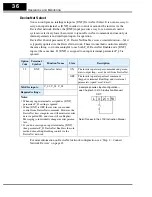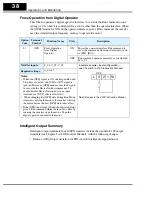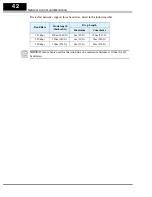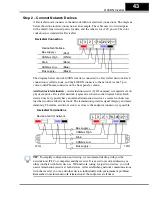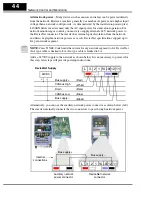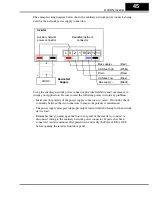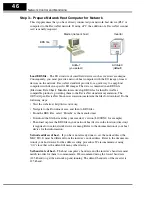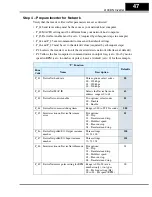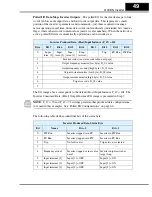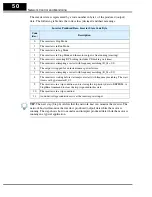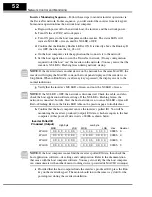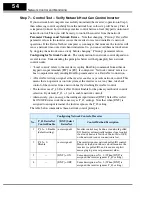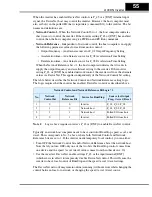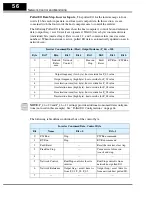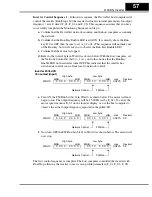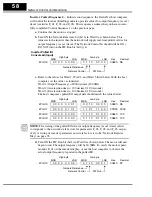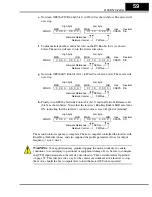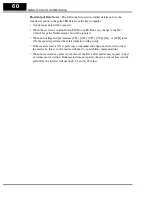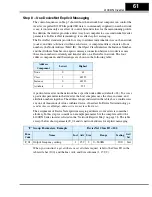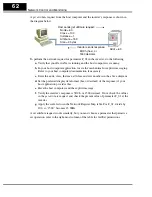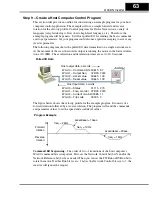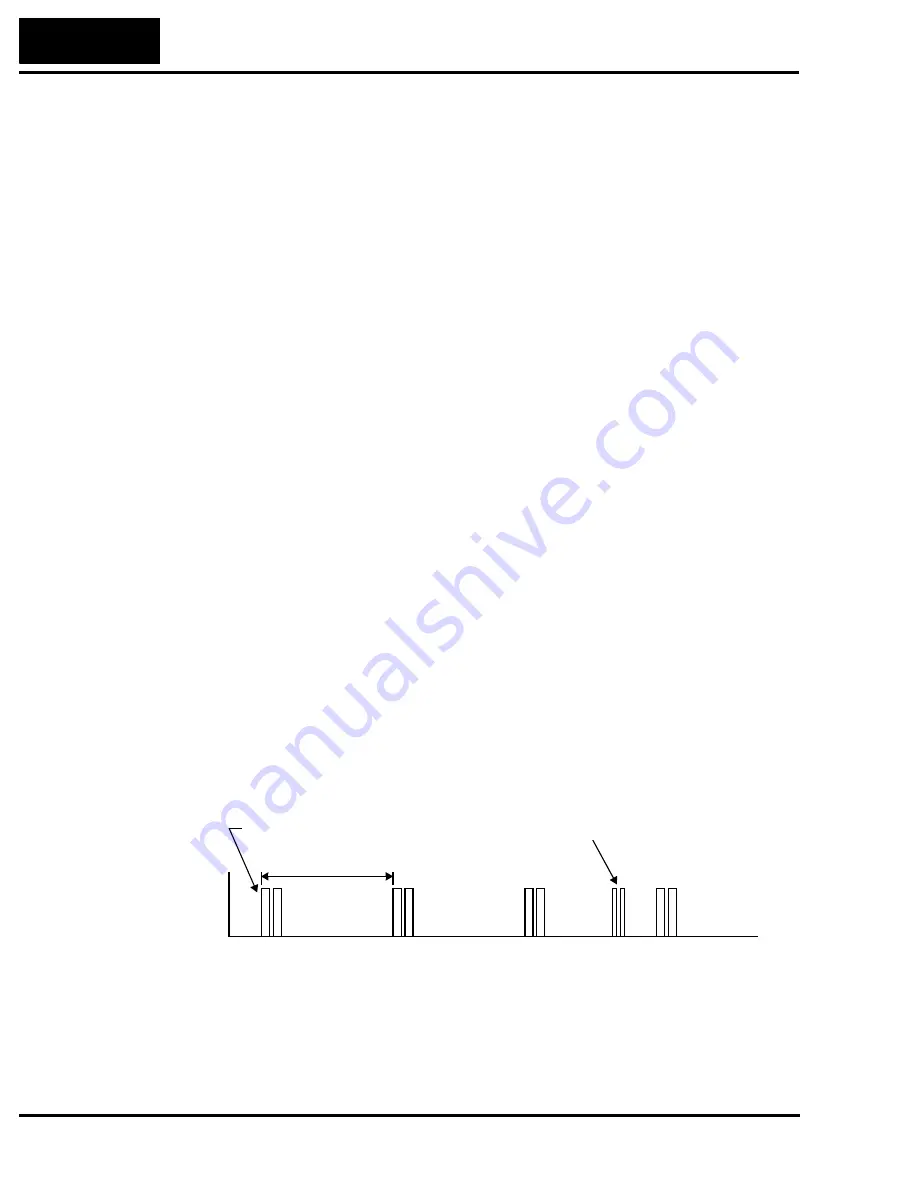
Network Control and Monitoring
48
Step 5 – Understand the Inverter’s I/O Structure
In DeviceNet terminology, I/O devices can either
produce
or
consume
data. An input
point (or data byte or word) produces data, while an output point (or data byte or word)
consumes data. The DeviceNet standard also provides for various ways the network
master accesses I/O, either more or less frequently, according to certain criteria. The
main benefit of having this variety is to let you conserve network bandwidth by using it
where the application most needs it. DeviceNet categorizes I/O communication
exchanges into several types listed below.
Polled I/O (supported in L100DN)
– The Poll command initiated by the master
contains output data. When the slave (inverter) is polled, it automatically returns input
data to the master, which also serves as an acknowledgement. The main advantage of
Polled I/O is that a fixed (predetermined) set of I/O data can be exchanged upon each
network scan. There is no need to specify each bit or word of the request for output and
input. The Run/Stop commands and output frequency command are included in the
polled I/O set for the inverter.
Bit Strobe, Cyclic, and Change-of-State
(not supported in L100DN)
– These master
commands are oriented to simpler I/O devices, time-based updates, or value-change
updates. More suited to simple or analog applications such as data logging, these
network master commands are not supported by L100DN inverters.
Explicit Messaging (supported in L100DN)
– The Explicit Messaging mechanism
goes beyond the four standard scan mechanisms listed above. A master can use an
Explicit Message request to Get (read) or Set (write) specific data in a device such as the
inverter. In that specific request, the master provides the complete network address to the
device and the register within that device. The inverter has many parameters, but most of
them need accessed rarely via the network. Thus, the inverter supports explicit messag-
ing access to all of its parameter values.
The timing diagram below shows a simplified network activity timing diagram. The poll
command and response occur at the regular interval of the master’s scan time. This
represents the polled I/O data (includes Run/Stop commands, inverter’s output frequency
and accel / decel times). One explicit message event occurs in the available “quiet” time
within the network activity. This represents the master doing a single access of a specific
inverter parameter (suited for rarely accessed parameters such as torque boost, etc.).
t
Network activity
Poll & response
Scan time
Explicit message & response
Содержание L100DN DeviceNet Series Addendum
Страница 96: ......



